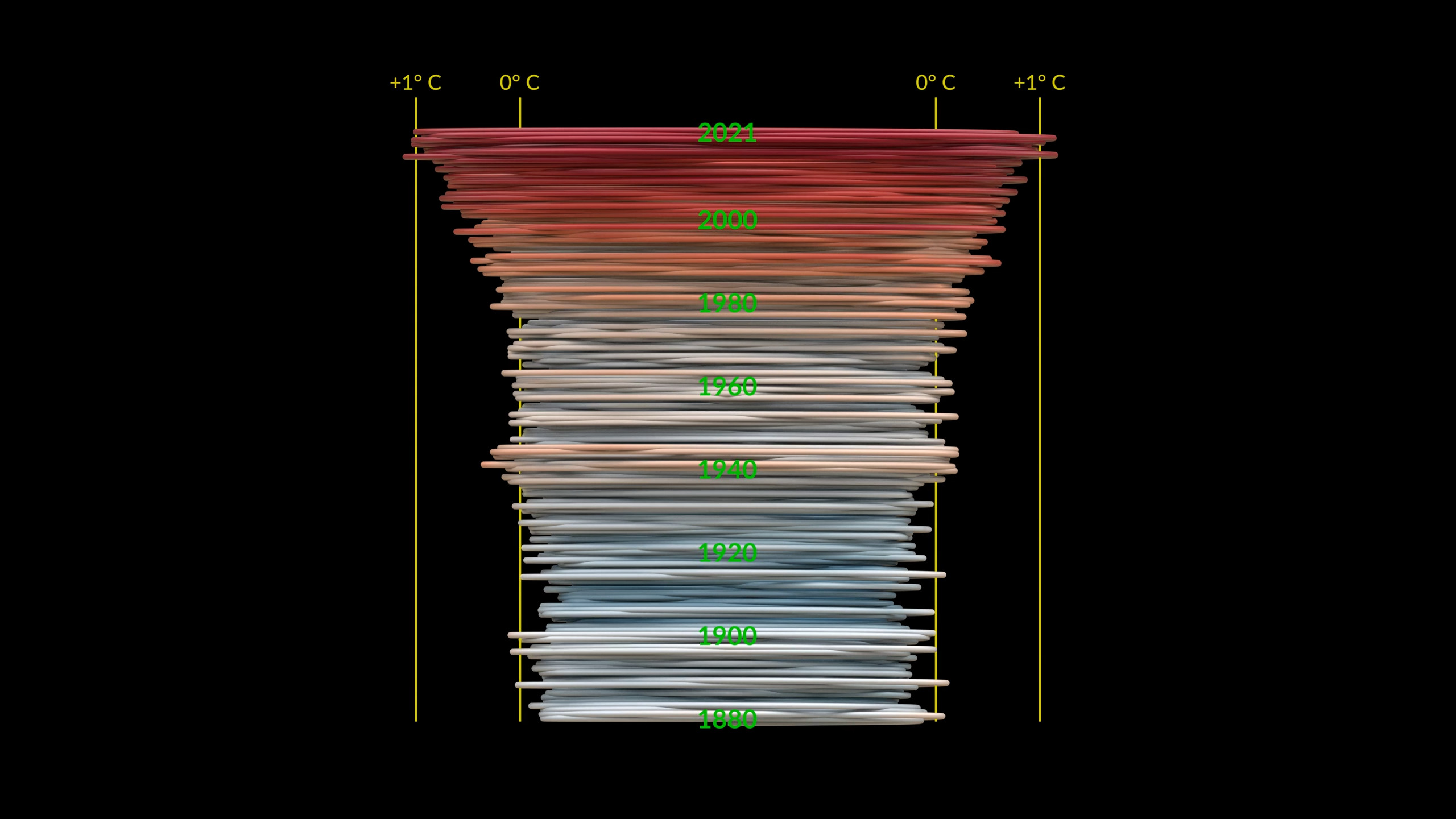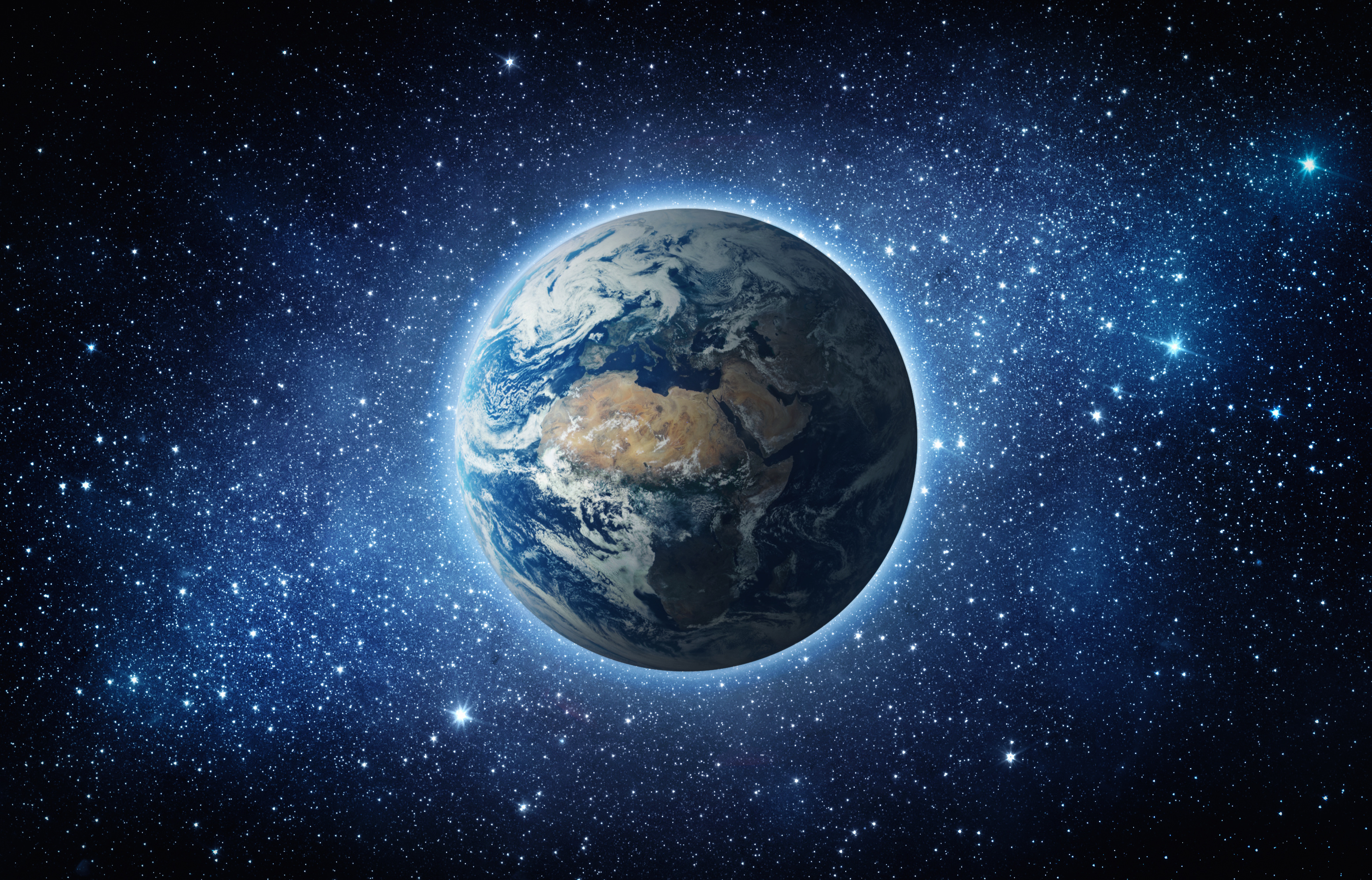NASA has released an updated visual showcasing the temperature changes from 1880 to 2021. The climate change GIF took off on Reddit, garnering over 48,000 upvotes on one of its many subreddits. The GIF was pulled from a video that NASA shared on March 15, 2022. In the video, NASA showcases how global temperatures have warmed due to human activities as time progresses.
This climate change GIF has everyone talking
The original video the GIF was pulled from appeared on NASA’s climate change YouTube channel in mid-March. Ed Hawkins, a climate specialist working with the National Centre for Atmospheric Science, University of Reading, created the visualization. This isn’t the only visual that NASA has created, either. A previous version from 2016 was distributed widely and even appeared before the Rio Summer Olympics that same year.
It really took off, though, when Reddit user r/thepositivepandemic shared a gif of it on the social platform. Other Reddit users joined the conversation, impressed by the way that Hawkins and NASA presented the information in the video.
“This is a fascinating visual,” one user wrote. Another commented, “Outstanding presentation of complex data.” Alongside those comments, thousands of others appear in the original Reddit post.
Understanding the visualization

NASA actually refers to the climate change GIF as a “climate spiral”. The video (and subsequent GIF) start out with a line spiraling away from the center of a circle. As it continues, various years appear in the center, showcasing when the changes took place. The spiral showcases how the temperature has changed globally over the years. White and blue lines showcase cooler temperatures, while red shows warmer temperature changes.
The temperatures showcased in the climate change GIF are based on data that NASA pulled from the Goddard Institute for Space Studies. At the end of the visualization, it changes perspectives.
From the side, you can see the fluctuations in the global temperature more easily, as well as how it has continued to warm over recent years. Over the years, the reported global temperatures have increased by almost .98 degrees Celsius (1.74 degrees Fahrenheit).
Effects on the environment

While it might not sound like a lot, a 1-2 degree global temperature change could have insane ramifications on the Earth. Not only could it lead to the melting of polar ice caps, thereby raising the sea level and sinking shorelines, it could also lead to the extinction of certain animals.
That’s because incubating eggs, which many animals use to give birth to young ones, requires exact temperatures. When you start raising the global temperature, even by 1 degree, you risk offsetting the environment those animals rely on to birth their young. As such, raises in the global temperature could lead to certain animals being unable to incubate their eggs in the wild. Those species could then die off due to a lack of repopulation.
Currently, scientists believe the global temperature will rise by almost 5 degrees Fahrenheit by the end of the Century. Based on the constant rise seen in this new climate change gif, that does seem likely. If it does happen, it could have a dramatic effect on the planet, and the various creatures that call it home.
Reducing our effect on the planet

It’s a scary thought and one that the climate change GIF could be used to help drive home in younger generations. Scientists say we’ll need to reduce the amount of greenhouse gas emissions we’re creating if we want to stop the temperatures from continuing to rise.
That’s where research on virtually unlimited energy like geothermal and fusion energy comes into play. If we can create sustainable, clean energy, we can cut down on fossil fuels, and possibly undo, or at least slow down, the damage that humanity has done to the planet.








